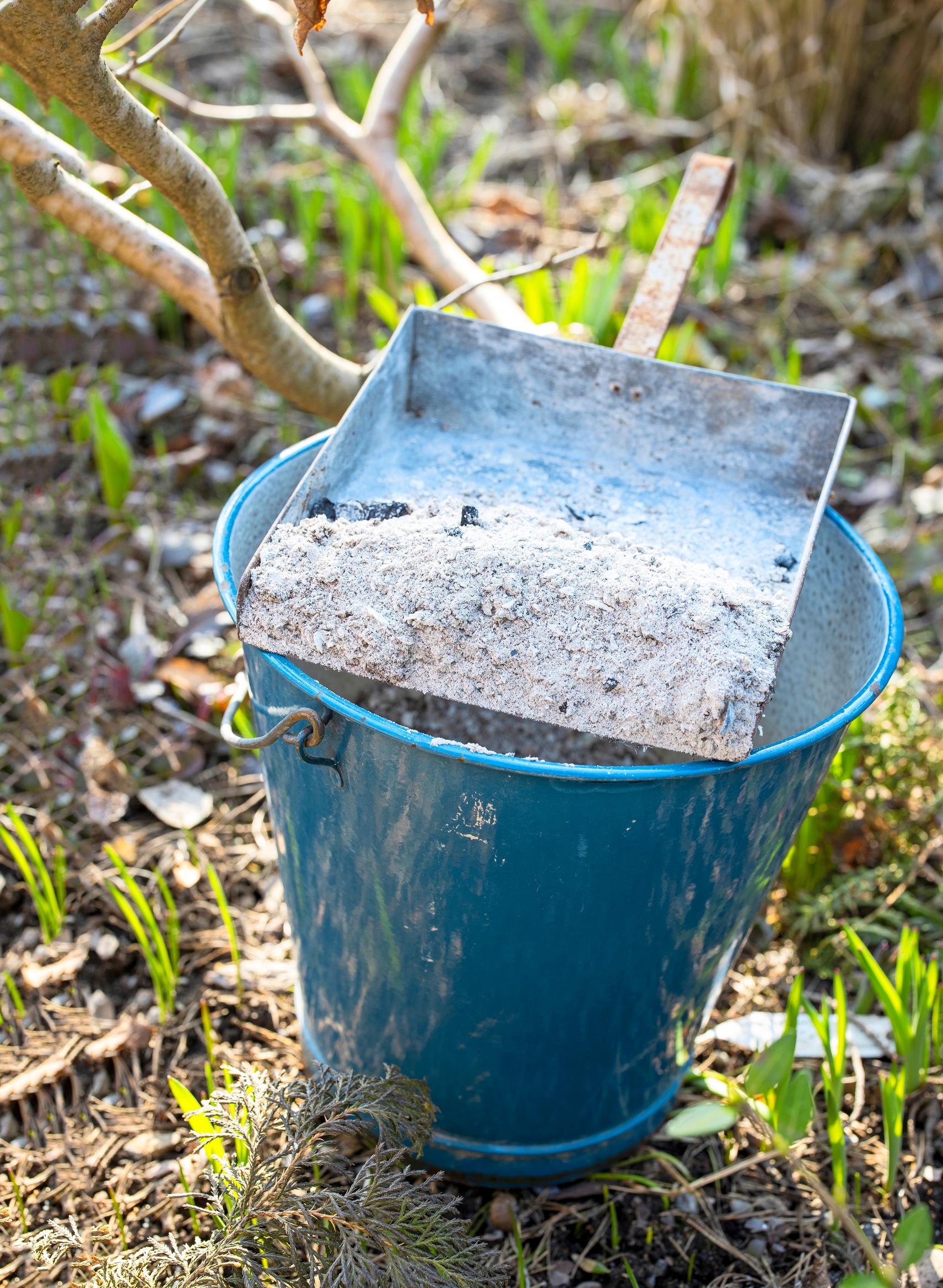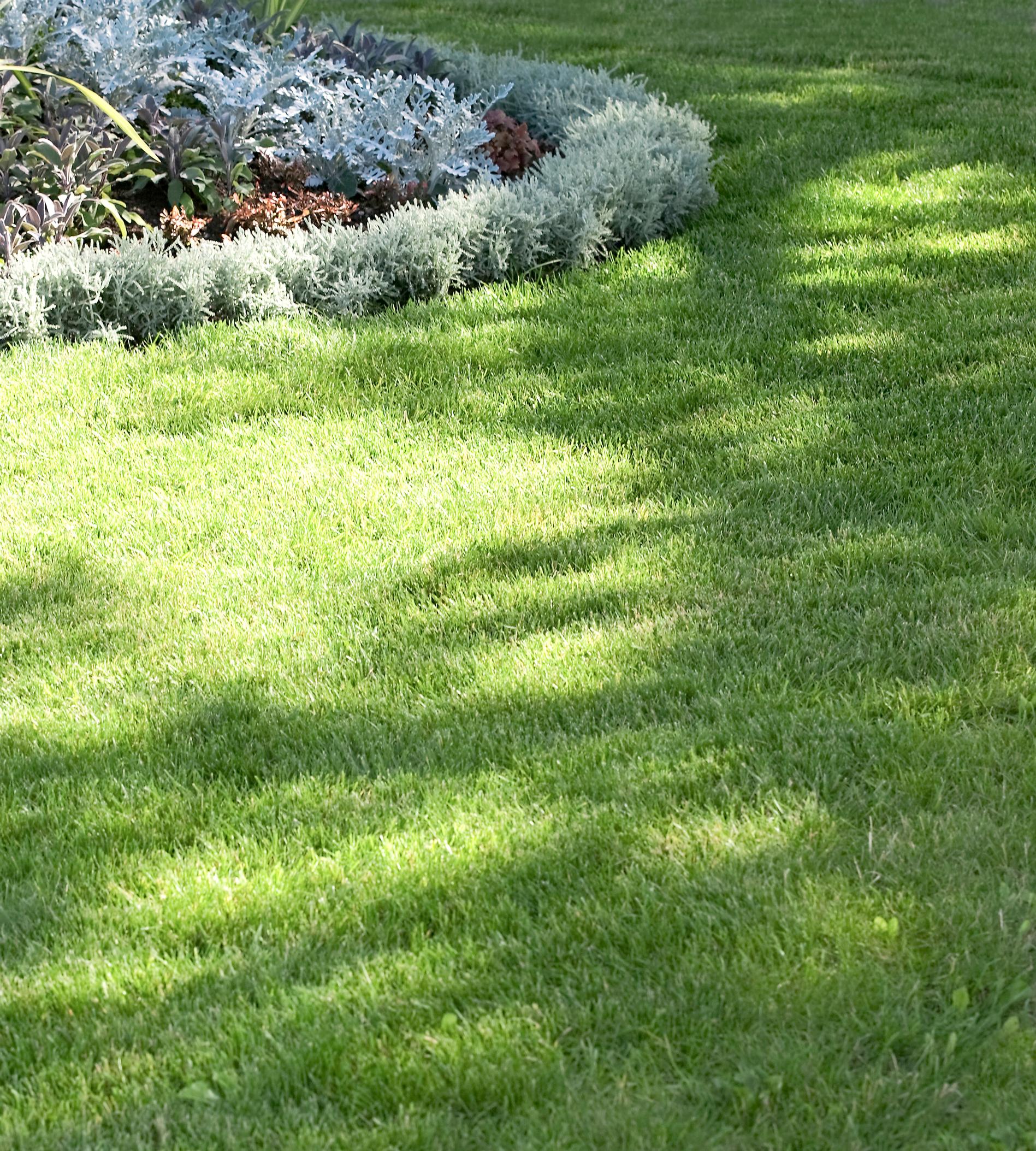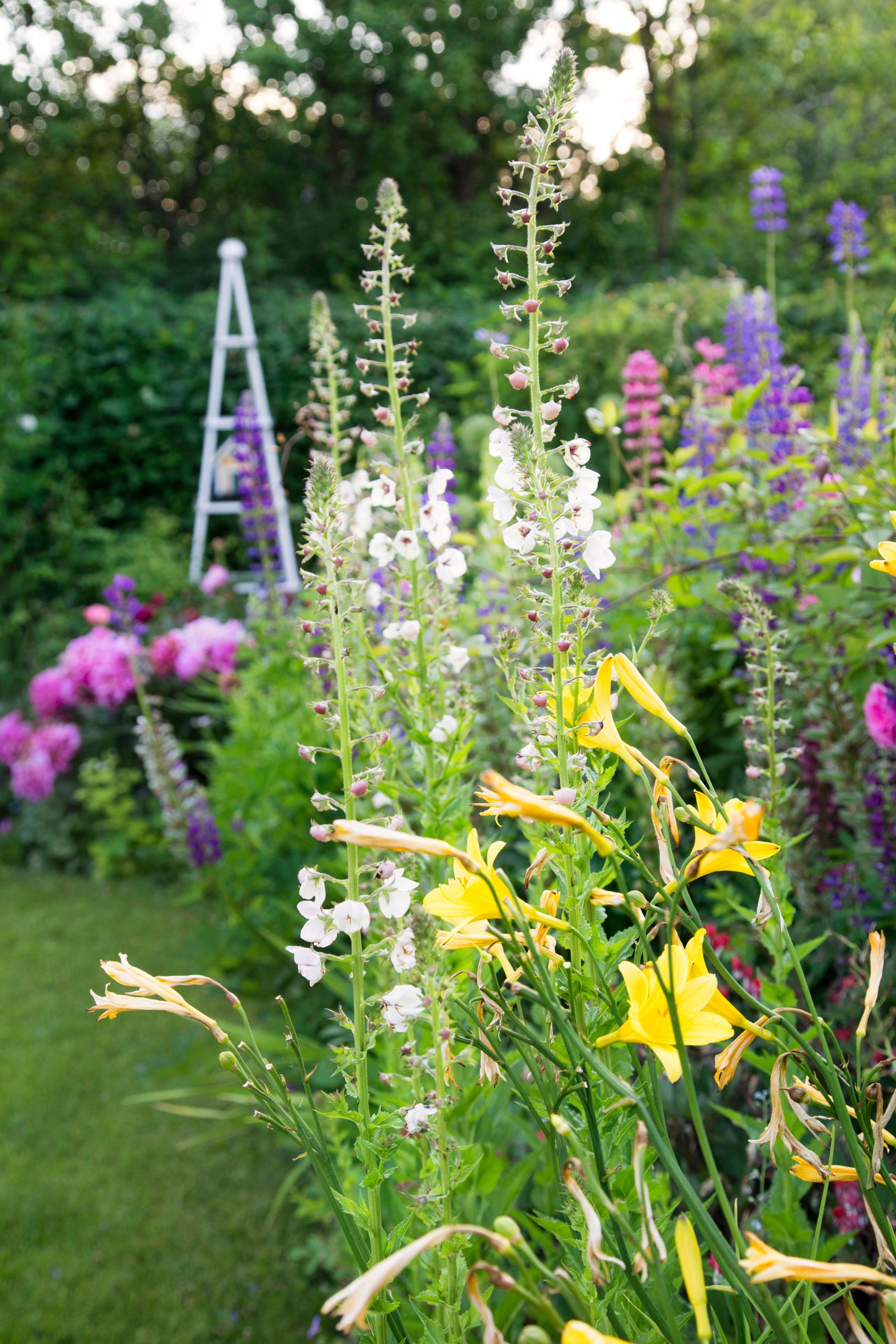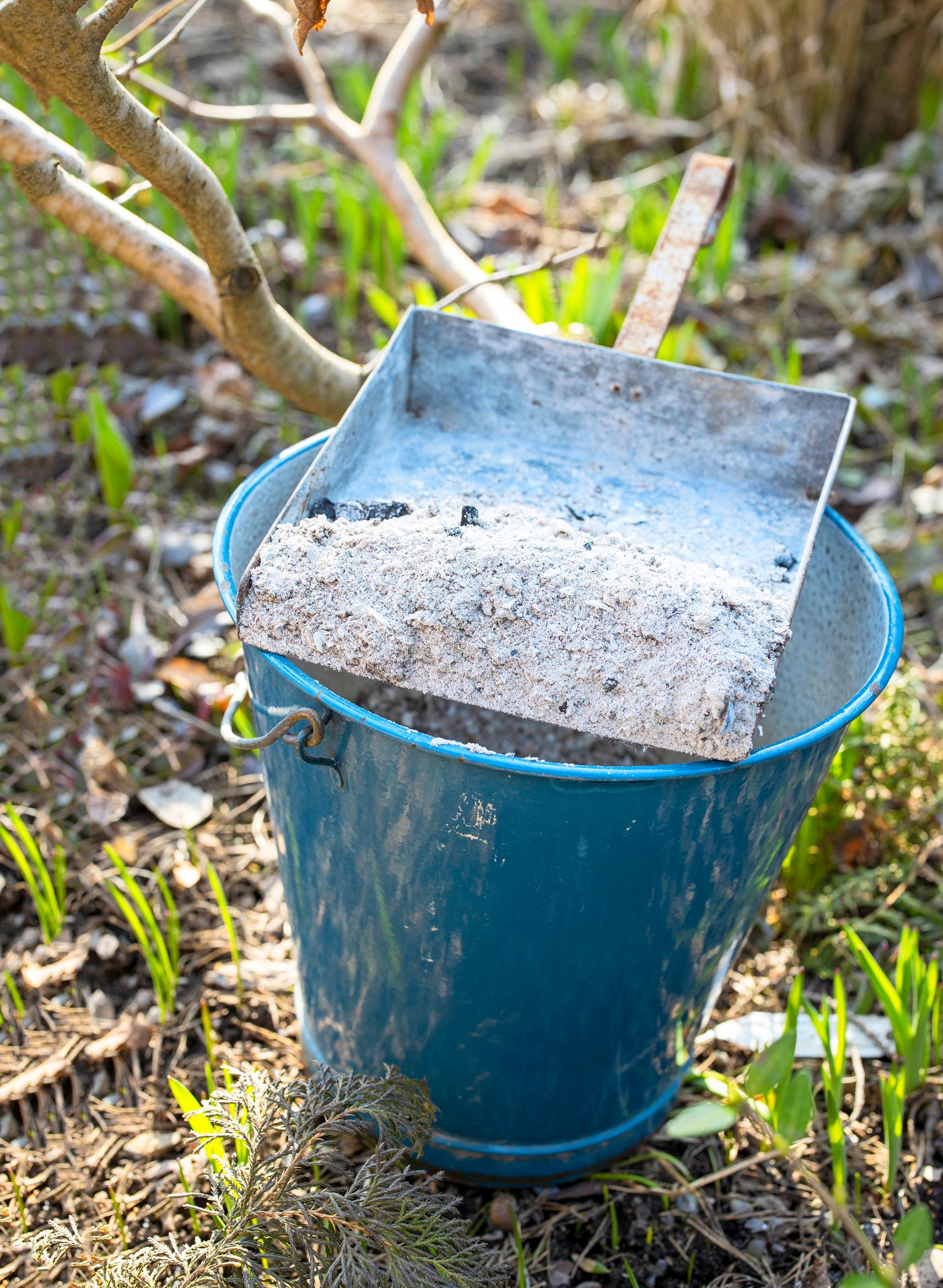
Don’t toss out fireplace ash—your garden will love it!
Using ash in the garden is worthwhile! Wood ash neutralizes excessively acidic soil and nourishes plants. However, spread ash wisely, and don’t let it run into waterways. Follow these tips to make your garden flourish.
Have you been discarding the ashes from your fireplace? Consider saving them for your garden instead! Wood ash is an excellent soil amendment that has been used for thousands of years.
How to use ash in the garden:
Apply to your lawn and other lime-loving plants
Ash is suitable for both lawns and edible and ornamental plants—except those that prefer acidic soil, such as blueberries and rhododendrons. For potato beds, it’s best to apply ash a year in advance to prevent tubers from developing scab.

Determine the right amount to apply
Apply only a few handfuls, or up to 300–400 grams, of ash per square meter annually. If you need to raise the pH of the soil significantly, it’s best to use lime [in Finnish] in addition to, or instead of, ash. Large amounts of ash can cause heavy metals to accumulate in the soil and raise the pH too high.
Enhance effectiveness by mixing ash into the soil
Speed up the liming and fertilizing effects of ash by mixing it into the topsoil or surface layer. When establishing new beds, it’s best to incorporate ash throughout the entire growing medium and, if necessary, into the subsoil beneath. Avoid applying fertilizers that contain ammonium nitrogen at the same time, such as compost soil, blood meal, manure, or manure products. They can release ammonia in high pH conditions.
Be mindful of the environment—prevent ash from leaching into waterways
Because ash is rich in phosphorus, don’t allow it to wash into ditches or waterways via rain or melting snow. On slopes and waterfront properties, it’s best to mix the ash into the topsoil when the ground has thawed. On flat ground, you can sprinkle the ash in a thin layer over the snow. To reduce ash dust, you can mix in a little water.

Ash properties—did you know about these?
Ash is an alkaline liming agent
Wood ash contains many carbonates and oxides, so it raises the pH of the soil like lime does. A pH of 6–6.5 is suitable for most plants. This pH range is also ideal for nutrient solubility and soil microorganism activity.
Ash contains many nutrients
Wood ash contains primary and secondary nutrients such as calcium, potassium, phosphorus, magnesium, and sulfur, but no nitrogen. It also contains micronutrients like iron, zinc, molybdenum, and boron. Potassium, magnesium, and boron are in a quickly soluble form, whereas phosphorus gradually dissolves into a form that plants can use.
High-quality ash from dry hardwood
To get high-quality ash for your vegetable garden, burn dry hardwood in well-oxygenated conditions. The fewer branches and bark in the wood, the lower its heavy metal content.
Downside: heavy metals
Wood ash contains varying amounts of heavy metals, such as cadmium, lead, and mercury. However, the liming effect of ash mitigates the harm they can cause. When the pH is close to neutral (7), heavy metals bind to the soil, preventing plants from absorbing them.

Store ash properly
- Always store ash in a non-flammable container with a lid. Metal ash buckets are available at hardware stores.
- If kept dry in a sealed container, ash retains its fertilizing properties for a long time.
- There is no reason to add ash to leaf compost or to store it in large piles. On the other hand, adding ash to food compost can improve its quality by raising the temperature of the mass, balancing acidity, and speeding up decomposition. Spread a thin layer of ash, along with other cover materials, every 20 centimeters.
Expert: Tapio Salo, Lead Researcher at Natural Resources Institute Finland. Additional source: Hyötykasviyhdistys (Finnish Useful Plants Association).


